Except Juno. Largest solar system research missions in the next decade
In addition to Juno, more than a dozen probes were sent or will be sent in the coming years to study the solar system. A brief description of the main ones below:
Juno
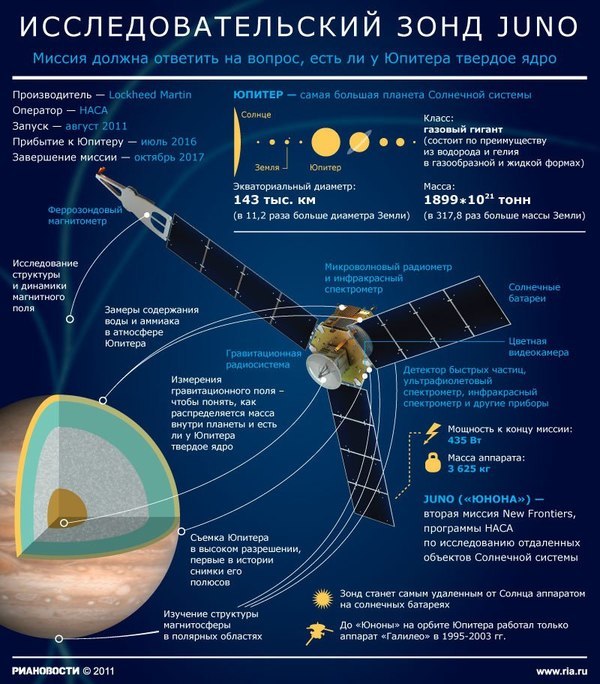
')
Juno probe sent by NASA to study the structure of Jupiter and find out how it was formed, reached the gas giant in July 2016.
[ more ]
Europa mission
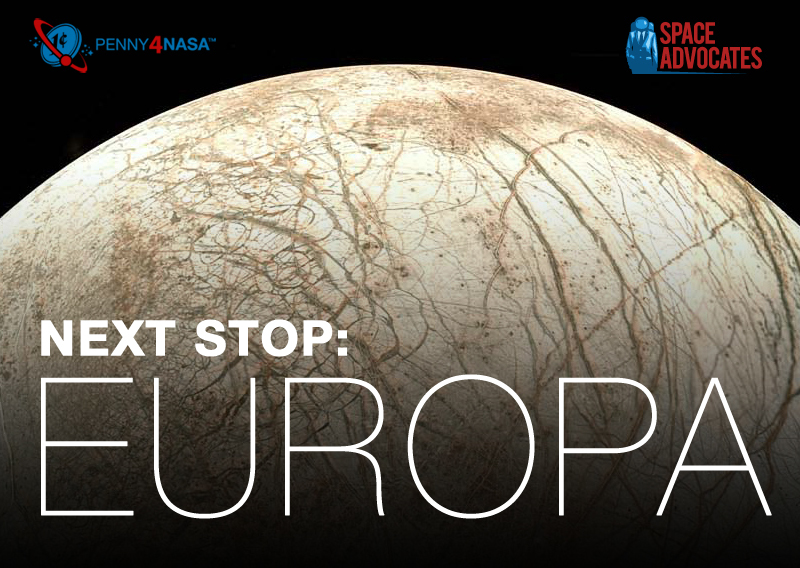
Europe is the most interesting object of the solar system. According to the latest data, under the ice of the satellite of Jupiter there is an ocean with not less water than on the ground. This is the most likely place to find life, if it is still somewhere in the solar system. The US Congress recently insisted that NASA include the landing of a rover in its mission to Europe in the mid-2020s.
[ more ]
JUICE

Europe is interesting not only NASA. The European Agency in 2022 will launch a mission - JUICE (Jupiter Iy moons Explorer) for detailed observations of the satellites of Jupiter - Ganymede, Callisto and Europe. The mission will arrive to Jupiter in 2030m.
[ more ]
Venus D
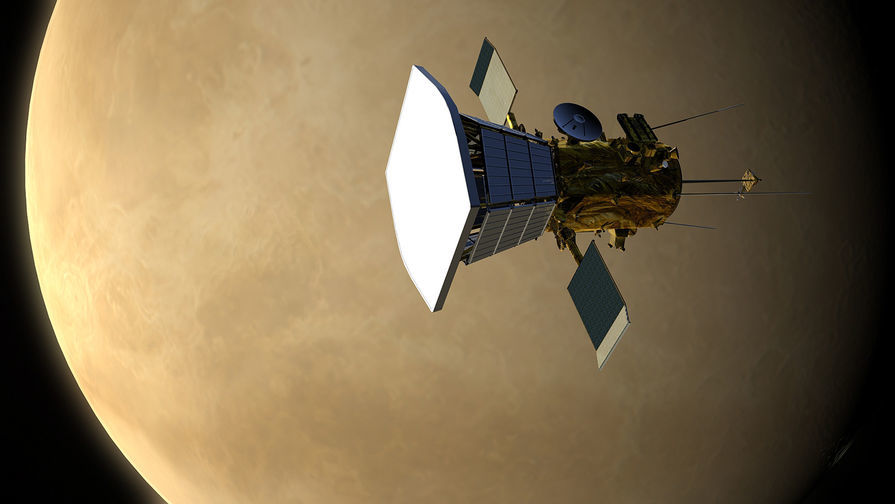
For the mission to Venus - Venus D. Roscosmos is even ready to cooperate with NASA. The mission will take place in 2025 or 2027 and will include a probe and a landing module that will study the composition of the soil and atmosphere
[ more ]
BepiColombo
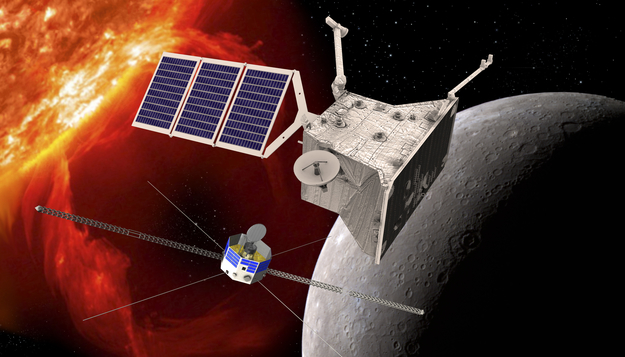
The European probe BepiColombo will rotate around Mercury throughout the year and for the first time carefully study this planet. It will be launched in 2018 and will arrive at Mercury in 2021.
[ more ]
Titan Saturn System Mission
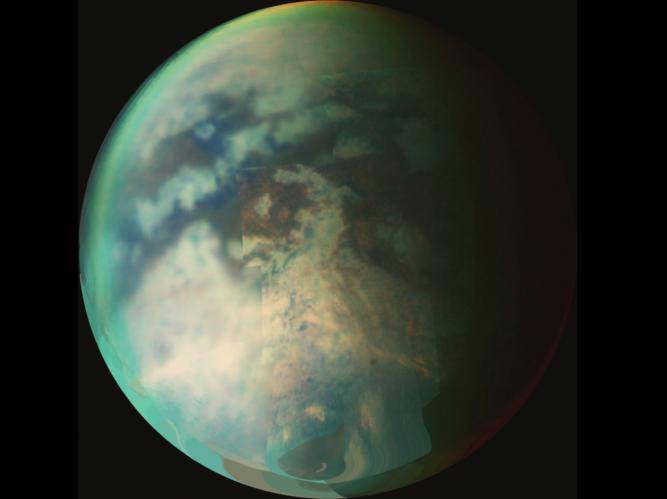
The satellite of Saturn Titan has an atmosphere and liquid on the surface. Therefore, in 2020, ESA and NASA are going to carry out a joint mission to send a probe and land a rover in a balloon.
[ more ]
OSIRIS-Rex

The mission of OSIRISRex (part of the same program “New Frontiers” as Juno) will be launched by NASA to the asteroid in 2016. The probe will not only reach the asteroid, but will collect soil from it and return to earth. The probe return is scheduled for 2021.
A similar Japanese mission to another asteroid, Hayabusa-2, has already been launched and will deliver ground from the asteroid to earth at the end of 2020.
[ more ]
After a short break, launches were resumed to study the satellite of the earth, especially from China. Details in the lunar rover plate:
Moon rover plate
Mars is the closest planet to the earth and therefore there are many who want to explore it. Read more in the rover plate:
Rover plate
Solar missions
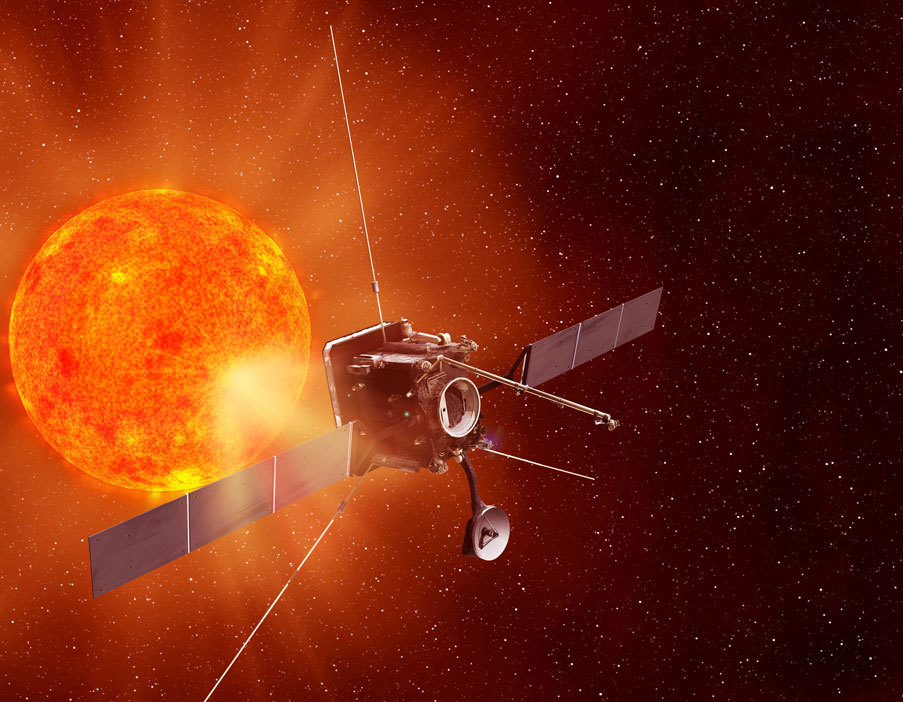
Scientists do not understand why the solar corona is 100 times hotter than the temperature of the sun itself and they want to find out if the deadly solar flares seen from other stars threaten us, and 3 missions will be sent to the sun to deal with it
1) European Solar Orbiter in 2018 ( 1 )
2) NASA Solar Probe Plus in July 2018 ( 2 )
3) Roscosmos will launch 3 probes ( ARKA, Intergelio-Probe, Resonance ) for the “global stereo review of the sun” ( 3 )
For a long time it was believed that even the simplest organisms can not survive on other planets and satellites of the solar system. But the discovery of extremophiles on earth, capable of surviving and multiplying in the most extreme conditions, questioned this point of view. Now astrobiologists assume the existence of the simplest life in the under-ice ocean of Europe, on Titan and even under the surface of Mars. With the most favorable outcome, one of the listed probes and rovers will discover this life. And this will mean that the galaxy is infested with living organisms, since they originated twice in the solar system alone.
If, much more likely, no life is found, the probes will provide valuable information about the history of the formation of the solar system and the characteristics of the planets and satellites.
Juno

')
Juno probe sent by NASA to study the structure of Jupiter and find out how it was formed, reached the gas giant in July 2016.
[ more ]
Europa mission

Europe is the most interesting object of the solar system. According to the latest data, under the ice of the satellite of Jupiter there is an ocean with not less water than on the ground. This is the most likely place to find life, if it is still somewhere in the solar system. The US Congress recently insisted that NASA include the landing of a rover in its mission to Europe in the mid-2020s.
[ more ]
JUICE

Europe is interesting not only NASA. The European Agency in 2022 will launch a mission - JUICE (Jupiter Iy moons Explorer) for detailed observations of the satellites of Jupiter - Ganymede, Callisto and Europe. The mission will arrive to Jupiter in 2030m.
[ more ]
Venus D

For the mission to Venus - Venus D. Roscosmos is even ready to cooperate with NASA. The mission will take place in 2025 or 2027 and will include a probe and a landing module that will study the composition of the soil and atmosphere
[ more ]
BepiColombo

The European probe BepiColombo will rotate around Mercury throughout the year and for the first time carefully study this planet. It will be launched in 2018 and will arrive at Mercury in 2021.
[ more ]
Titan Saturn System Mission

The satellite of Saturn Titan has an atmosphere and liquid on the surface. Therefore, in 2020, ESA and NASA are going to carry out a joint mission to send a probe and land a rover in a balloon.
[ more ]
OSIRIS-Rex

The mission of OSIRISRex (part of the same program “New Frontiers” as Juno) will be launched by NASA to the asteroid in 2016. The probe will not only reach the asteroid, but will collect soil from it and return to earth. The probe return is scheduled for 2021.
A similar Japanese mission to another asteroid, Hayabusa-2, has already been launched and will deliver ground from the asteroid to earth at the end of 2020.
[ more ]
After a short break, launches were resumed to study the satellite of the earth, especially from China. Details in the lunar rover plate:
Moon rover plate
Audi rover | 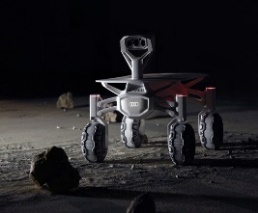 Launching the rovers to the moon is not enough serious work for NASA, so the new rover in 2017 will be sent by Audi and Google) 1 |
Chang'e 5 | 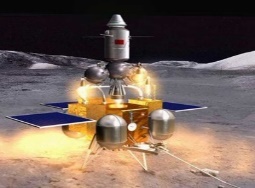 Chinese rover - Chang'e 5 in 2017 go on a mission to deliver lunar soil to the ground. 2 |
SELENE-2 | 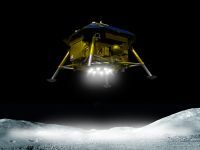 Japan in 2018 launches rover and orbiter to the moon. 3 |
Chandrayaan-2 |  And the Indian mission to the moon in 2018 will include an orbiter and a rover. four |
Luna Globe | 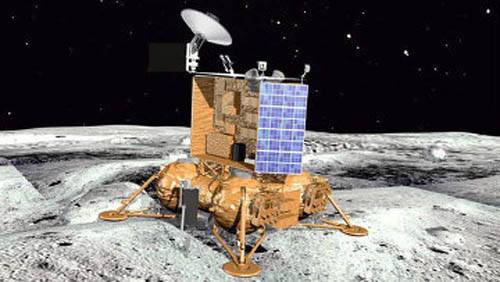 The Luna Globe mission is the first Russian rover on the moon in 40 years. Run in 2019. 5 |
Chang'e 4 |  Another Chinese lunar rover - Chang'e 4 for the first time in history explores the dark side of the moon in 2019m. 6 |
Mars is the closest planet to the earth and therefore there are many who want to explore it. Read more in the rover plate:
Rover plate
Insight | 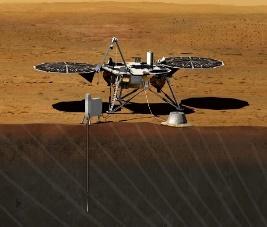 Insight - NASA’s Mars Drilling Mission to discover the geological history of the planet. The likely launch is 2018. one |
ExoMars | 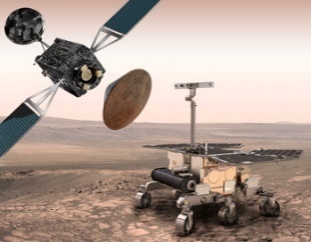 The European ExoMars European Mission to Russia for delivering a probe and rover to Mars until 2020. (the probe rotates around, the rover goes over the surface) 2 and 3 |
Mars 2020 | 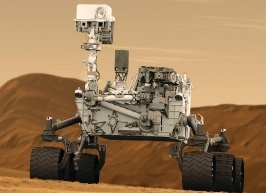 Mars 2020 - another NASA rover whose official task is to search for life on Mars 4 |
Chinese rover | 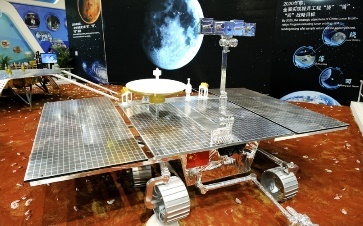 For the time being, an unnamed Chinese rover and probe will travel to the red planet by 2020 and arrive in 2021. 5 |
Phobos-Grunt 2 | 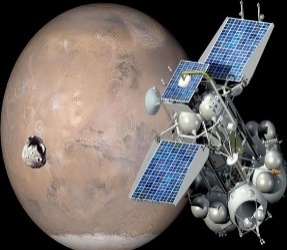 The new mission of Roscosmos to the satellite of Mars - Phobos, which failed in return, will be launched in 2024 6 |
Solar missions

Scientists do not understand why the solar corona is 100 times hotter than the temperature of the sun itself and they want to find out if the deadly solar flares seen from other stars threaten us, and 3 missions will be sent to the sun to deal with it
1) European Solar Orbiter in 2018 ( 1 )
2) NASA Solar Probe Plus in July 2018 ( 2 )
3) Roscosmos will launch 3 probes ( ARKA, Intergelio-Probe, Resonance ) for the “global stereo review of the sun” ( 3 )
For a long time it was believed that even the simplest organisms can not survive on other planets and satellites of the solar system. But the discovery of extremophiles on earth, capable of surviving and multiplying in the most extreme conditions, questioned this point of view. Now astrobiologists assume the existence of the simplest life in the under-ice ocean of Europe, on Titan and even under the surface of Mars. With the most favorable outcome, one of the listed probes and rovers will discover this life. And this will mean that the galaxy is infested with living organisms, since they originated twice in the solar system alone.
If, much more likely, no life is found, the probes will provide valuable information about the history of the formation of the solar system and the characteristics of the planets and satellites.
Source: https://habr.com/ru/post/369453/
All Articles